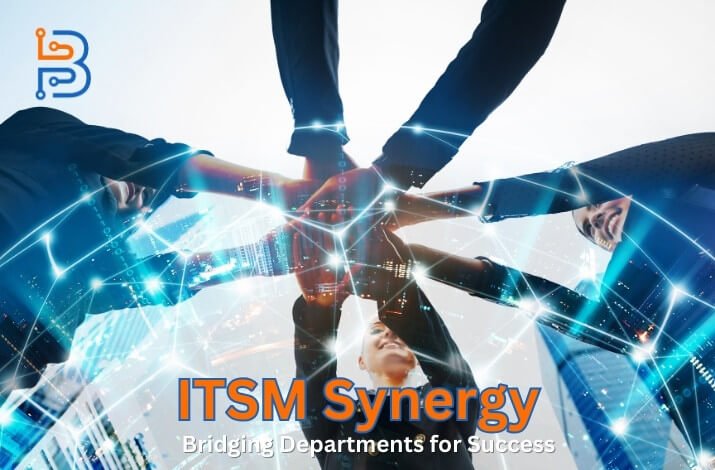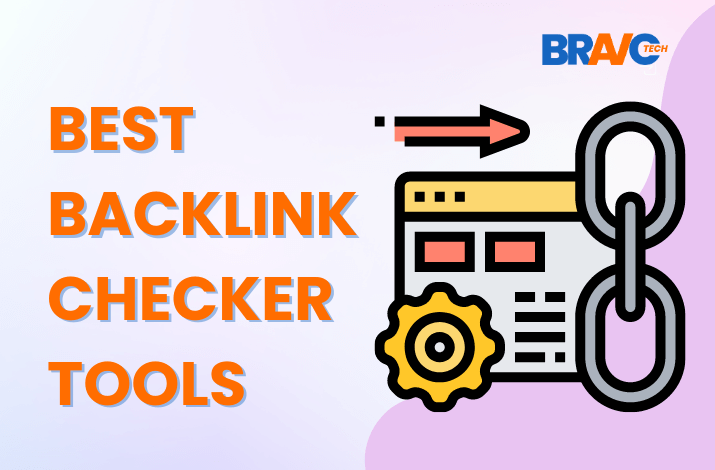ITSM Synergy: Bridging Departments for Success

IT service management (ITSM) has become a crucial element in the success of modern technology companies. By implementing ITSM frameworks and best practices, organizations can optimize their IT operations and align them closely with overall business objectives. However, achieving this strategic alignment requires more than just the IT department adopting ITSM. It necessitates a collaborative effort across all departments to develop what I call “ITSM Synergy.”
ITSM Synergy refers to the interlocking of ITSM principles throughout an organization to drive process improvements, foster collaboration, and enhance customer experiences. ITSM Synergy can lead to reduced costs, increased productivity, proactive infrastructure monitoring, streamlined change management, and more when properly executed. This article will explore the vital role ITSM plays in various departments and provide strategies for promoting cross-departmental ITSM Synergy.
Understanding ITSM Synergy
ITSM Synergy centers around utilizing ITSM frameworks like ITIL and aligning ITSM processes across departments. Rather than ITSM being siloed in the IT department, it should be embedded in the broader business culture. The key benefits of ITSM Synergy include:
- Improved efficiency: Smooth coordination between departments reduces duplicate efforts and makes workflows more seamless.
- Enhanced communication: Open channels between teams, underpinned by ITSM practices, result in more transparency.
- Streamlined processes: Standardized ITSM procedures applied across the business eliminate inconsistencies.
- Better customer experiences: Customer-centric ITSM principles lead to higher satisfaction.
While IT bears the brunt of ITSM implementation, every department has a part to play in achieving ITSM Synergy. Let’s examine some of their roles and responsibilities.
Read Also: The Impact of IT Services on Your Business
The Role of ITSM in Different Departments
IT Department
Traditionally, the IT department spearheads ITSM adoption within an organization. They own core ITSM processes like incident, problem, change, and release management. However, with ITSM Synergy, their role expands from just internal support to providing enterprise-wide guidance.
IT must take a more proactive approach to monitoring infrastructure health, managing IT knowledge, and resolving underlying problems before they disrupt operations. Leveraging advanced automation and analytics, the IT department can move from reactive firefighting to predictive prevention.
Customer Support Department
Equipped with mature ITSM procedures and knowledge management systems, customer support teams can provide more immediate and accurate assistance. ITSM promotes seamless collaboration between support staff, IT technicians, and other stakeholders to solve issues faster.
Knowledge bases containing FAQs, how-to guides, and troubleshooting tips also enable effective self-service for customers. By deftly leveraging ITSM principles, customer support delivers superior user experiences.

Development Department
The most successful development teams integrate closely with IT support and operations staff through ITSM practices. Change management policies ensure proper testing and controlled releases of code changes, while robust version control guarantees stability.
Centralized communication systems connect developers with other teams to coordinate updates, diagnose defects, and share knowledge. With ITSM Synergy, development workflows become more robust and aligned to business needs.
Operations Department
ITSM introduces automation, asset tracking, monitoring, and management to optimize workflows in operations. Tasks like inventory management and data center maintenance are streamlined.
Continuous improvement processes identify areas to enhance operational efficiency while monitoring infrastructure health. Overall, ITSM allows operations teams to prevent issues proactively while driving productivity gains.
Achieving ITSM Synergy: Best Practices
With ITSM’s role in different departments established, let’s discuss some best practices that foster cross-departmental ITSM Synergy:
Establishing Clear Communication Channels
Open and efficient communication between teams is the foundation for ITSM Synergy. Tools like instant messaging, collaboration platforms, and integrated ticketing systems enable transparency. Both technical and non-technical staff should have appropriate access.
Regular touchpoints through meetings and status updates also keep all stakeholders aligned. Removing communication silos helps build mutual understanding.
Read Also: Pro Tips for Choosing Local IT Support Provider
Cross-Departmental Training and Workshops
Training programs and workshops for IT and non-IT employees facilitate ITSM adoption across the business. They emphasize how ITSM principles can be applied to benefit diverse roles while explaining key concepts.
Cross-departmental workshops that include team-building exercises bring staff together to learn about organizational challenges.
Implementing Integrated ITSM Tools
Rather than using disjointed tools, integrated ITSM suites unite service desk, change management, knowledge management, and other capabilities. Unified solutions with automated workflows promote process consistency and collaboration.
For example, integrating incident and change management enables staff to correlate infrastructure issues with system changes for quicker diagnosis and restoration.
Real-Life Example: ADEA Modernizes Existing Web App with Data Management
To illustrate successful ITSM Synergy, let me walk through a case study from my company, Chetu. ADEA, a leading dental education association, wanted to modernize its web application for managing member data and dental school information.
However, their existing site built on legacy platforms could have been more stable with limited scalability. After thorough consultation, our team implemented a robust cloud-based solution with automated data syncing and backup capabilities.
We streamlined collaboration throughout the project by bridging their developers, IT staff, and our support team through ITSM practices. Strict change control procedures were followed during development, while proactive monitoring ensured system stability post-launch.
Within a year, ADEA reduced page load times by over 50% and boosted member satisfaction due to faster access and no downtime. This example highlights how maturing ITSM processes across departments drive smoother delivery with quantifiable gains.
Overcoming Challenges
While crucial, orchestrating enterprise-wide ITSM Synergy has its challenges, including:
Resistance to Change
Long-time staff may be set in their ways and view standardized ITSM processes as cumbersome. Starting with gradual change management is key.
Lack of Understanding
Employees outside IT may need to grasp the relevance of ITSM to their roles. Consistent awareness campaigns are important.
Communication Barriers
Both technical obstacles, like outdated platforms and lack of training in communication tools, impair collaboration. Upgrading tools and educating staff helps overcome this.
However, organizations can steer past these roadblocks with executive sponsorship and a step-by-step approach focused on continuous improvement.
Conclusion
In closing, ITSM Synergy powered by cross-departmental alignment and collaboration is critical for technology leaders looking to maximize operational efficiency. While adopting ITSM involves effort, the long-term gains of improved customer experiences and resource optimization are invaluable.
The time is now for IT professionals to spearhead ITSM Synergy within their organizations – incrementally aligning ITSM frameworks across the business. With synergy comes success. Let’s leverage ITSM solutions to bridge departments and propel organizational progression.
Author Bio
Jeff Parcheta is a Sales Director at Chetu Inc., a global, custom software development company, overseeing the Facilities Management, Residential Services, Insurance, Construction, Modeling, Drafting, and AI & Machine Learning accounts. A graduate of both the University of Texas at Arlington and Nova Southeastern University, where he received his MBA, Jeff joined Chetu in 2020, where he has built a reputation as a thought leader and industry expert within the IT community. Jeff has risen through the sales department ranks, helping the company grow into an award-winning organization.






